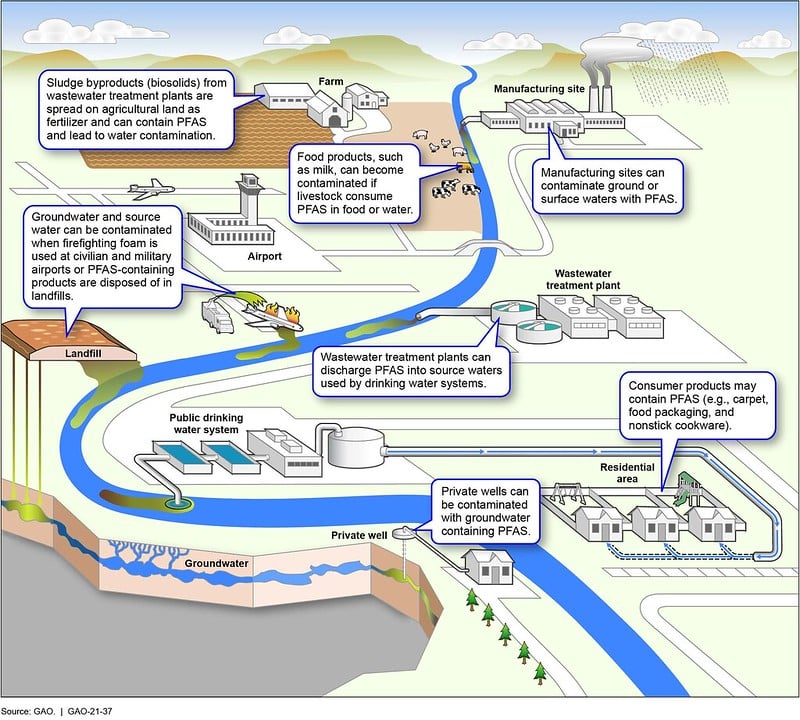The annual Global Energy Monitor (GEM) survey, Boom and Bust Coal, has found that coal-fired operating capacity worldwide rose by two percent last year — the highest annual increase since 2016.
China was responsible for two-thirds of the expansion, with a small amount of growth in other parts of the globe, a press release from GEM said.
“Coal’s fortunes this year are an anomaly, as all signs point to reversing course from this accelerated expansion. But countries that have coal plants to retire need to do so more quickly, and countries that have plans for new coal plants must make sure these are never built. Otherwise we can forget about meeting our goals in the Paris Agreement and reaping the benefits that a swift transition to clean energy will bring,” said Flora Champenois, coal program director for GEM.
According to Global Coal Plant Tracker data, 69.5 gigawatts (GW) of coal capacity were commissioned in 2023, while 21.1 GW were retired — a net yearly increase of 48.4 GW and a total capacity worldwide of 2,130 GW.
Beyond the additions in China, new capacity coming online in India, Indonesia, Vietnam, Pakistan, Japan, Bangladesh, South Korea, Zimbabwe and Greece drove the increase.
Outside of China, a total of 22.1 GW were commissioned, with 17.4 GW retired — a net increase of 4.7 GW.
Last year marked the lowest retirement of coal capacity of any year in over a decade.
Since the 2015 Paris Agreement, 25 countries have reduced their coal-fired capacity, while 35 have increased it.
“The world is heading in the right direction in terms of coal’s role in the energy sector, but not quickly enough, and with some risky detours along the way,” said Champenois, as Reuters reported.
Lower coal plant retirements last year in Europe and the United States contributed to the uptick in operating capacity. Nearly half of retirements in 2023 were in the U.S. — 9.7 GW — down from the country’s record high of 21.7 GW in 2015.
European Union countries and the United Kingdom made up about a quarter of retirements, led by the UK, Italy and Poland.
“But the accelerated growth in coal capacity may be short-lived, as low retirement rates in 2023 that contributed to coal’s rise are expected to pick up speed in the U.S. and Europe, offsetting the blip. Heightened capacity additions would also be tempered if China takes immediate action to ensure it meets its target of shutting down 30 gigawatts (GW) of coal capacity by 2025,” GEM said.
In Organisation for Economic Co-operation and Development (OECD) and EU nations, coal operating and pre-construction capacity decreased last year to a total of 7.1 GW, the lowest level on record. Just four of these countries — the U.S., Türkiye, Australia and Japan — are still considering new coal projects.
“The global coal landscape has been in transformation for almost a decade, marked by a collapse in the amount of planned coal power plants following the adoption of the Paris Agreement in late 2015. There has been a 68% reduction in global pre-construction capacity since then, and new construction starts are at their lowest outside of China since data collection began,” the press release said.
Since January, 101 countries have either abandoned the last decade’s plans for new coal or have officially committed to the United Nations No New Coal Energy Compact.
“Thankfully, various countries are making clear that shutting coal down is possible, and most of the world is closing in on ‘no new coal.’ Of 82 countries with coal power, 47 have reduced or kept operating capacity flat since the 2015 Paris Agreement,” GEM said. “Austria, Belgium, Sweden, Portugal, Peru, and the United Arab Emirates have retired or converted their last operating coal plants, while Slovakia, the UK, and potentially others are projected to join them in 2024.”
However, coal capacity around the world has actually gone up 11 percent since 2015.
China and India are the two largest coal consumers in the world, together accounting for 82 percent of total pre-construction coal capacity.
Along with China and India, nine other countries — Bangladesh, Indonesia, Zimbabwe, Kazakhstan, Russia, Pakistan, Laos, Türkiye and Vietnam — account for 95 percent of coal capacity under consideration, with India accounting for nearly 50 percent outside of China.
“In order to meet the 2015 Paris Agreement goals and put the world on a pathway to no more than 1.5°C of global warming, reducing the use of coal for power generation is the single most important source of emissions reductions,” the press release said. “To align with that goal, modeling by the International Energy Agency and others finds that OECD countries should eliminate coal power by 2030 and the rest of the world by 2040.”
Just 317 GW — 15 percent — of the world’s coal operating capacity has been committed to be retired in accordance with those goals. An additional 210 GW — 10 percent — has a closure commitment in place that must be sped up in order to keep pace with global climate targets.
While most global coal operating capacity is currently under some sort of net zero or similar pledge, 1,626 GW — 75 percent — continues to be without a closure commitment.
“Phasing out operating coal power by 2040 would require an average of 126 GW of retirements per year for the next 17 years, the equivalent of about two coal plants per week. Accounting for coal plants under construction and in pre-construction (578 GW) would require even steeper cuts,” the press release said.
The post Coal Capacity Increased 2% Globally in 2023, the Most Since 2016 appeared first on EcoWatch.





